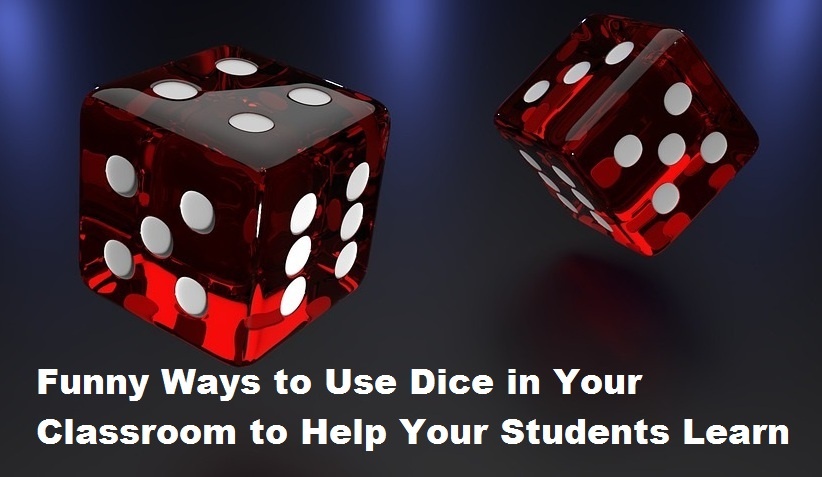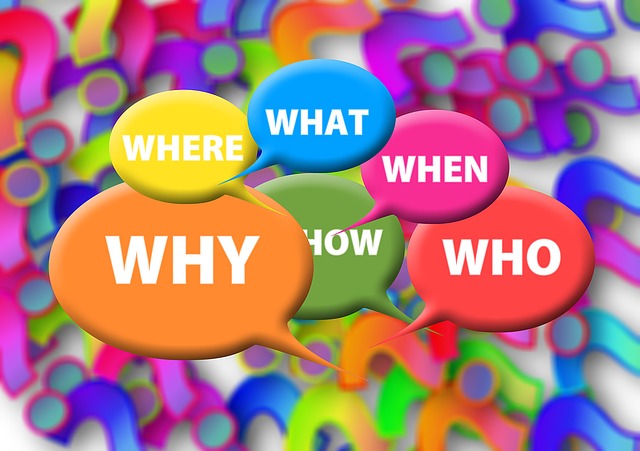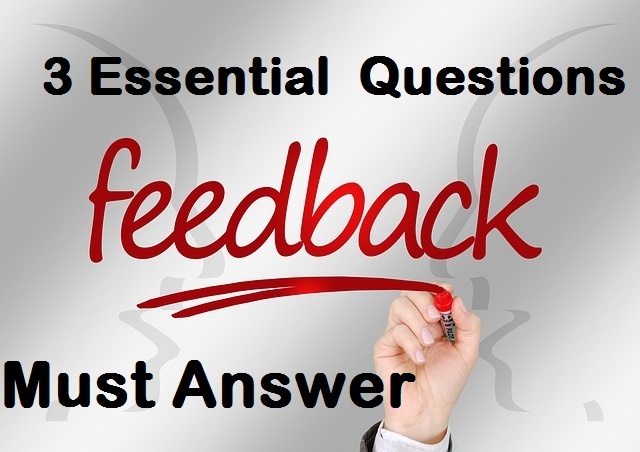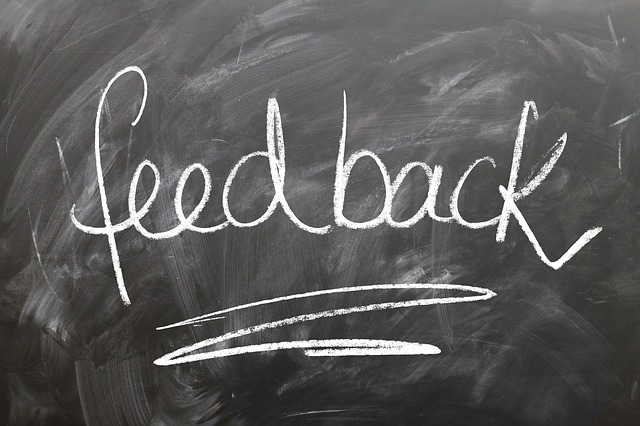The use of mini-whiteboards in the classroom
Many teachers think that they can use mini-whiteboards only in kindergarten or primary school with young learners to learn mathematics or alphabets. Actually, they can also use them with middle and high school students to learn English. Mini whiteboards have proven to be useful and there are many teachers who used them in classroom activities and found them engaging and motivating. Here are five fun techniques, EFL or ESL teachers can use mini whiteboards in their classrooms.
Mini whiteboard can be used in both peer-teaching and checking to understand.
When finishing explaining a certain lesson. Teachers can ask students to answer a tricky question on their mini-whiteboards to check whether they understand or not. Teachers can ask them to smile if they think they are sure about the answer and frown if they are not sure or they don’t know the answer. When they finish, teachers can ask them to leave their boards on the table and move around the class. Smiley students find frown work to peer correct and frown students find smiley work to learn from.
Mini whiteboards can also be used as a great way of reflection.
At the end of the lesson, teachers get students to write down on their whiteboards the most important thing they learned in the class. This helps optimize their learning and also enables the teacher to check what learning took place.
Teachers can use Mini whiteboards to warm up and activate learners’ schemata.
Teachers can use Mini whiteboard for quick and easy warming up activity. At the outset of the session, the teacher might wish to get students engaged in the lesson. They can start with setting up an easy and quick exercise that connects between what students did in the previous lesson and what they will do in that class. Mini whiteboards allow teachers to see everyone’s answers, give feedback on what students already know, and then select among those responses that highly connect to the content of the next lesson.
Mini whiteboard can be used as a way to perform a variety of fun activities at the end of the lesson.
In a vocabulary lesson, for instance, teachers might use the mini whiteboard to check students’ understanding. Teachers can engage their students in a game that encourages intuitive learning and fosters vocabulary memorization. One of the examples of the games teachers can use along with the mini-whiteboards is ‘’guess which word.’’ In this game, teachers ask students to come up with the target word.
They give them only a few letters to start with. Each student has three chances to come up with the target word. Also, all students have to use the mini whiteboard to deduce all the target words assigned by the teacher. The first student comes up with all the target words, they win and the teacher praises them in front of others. This game is very useful in advancing students’ intuitive skills and mastery of vocabulary.
Mini whiteboards can be used as a way of whole-class immediate feedback.
If teachers don’t use mini whiteboards, they will spend too much time assessing students and feeding them back. However, if they use mini whiteboards, they can deliver feedback easily. They will be able to elicit a response from every single student in the classroom. This means that all students engage with the topic and show teachers through the validity of their responses how much they understand.
What about you? Have you ever used mini whiteboards in your classrooms?
Please, Like our Facebook page and share this article if you think it can help someone you know. I would really appreciate your comments with respect to the use of mini-whiteboard in language classrooms.








very informative and practical